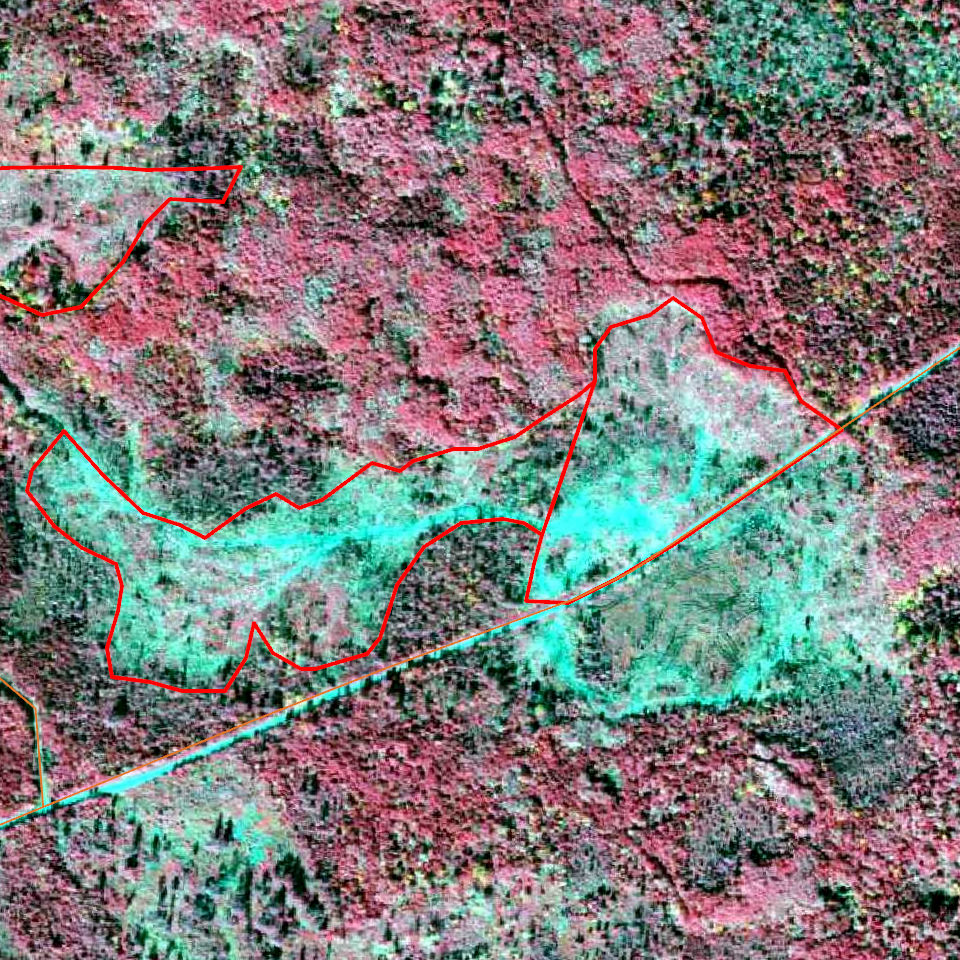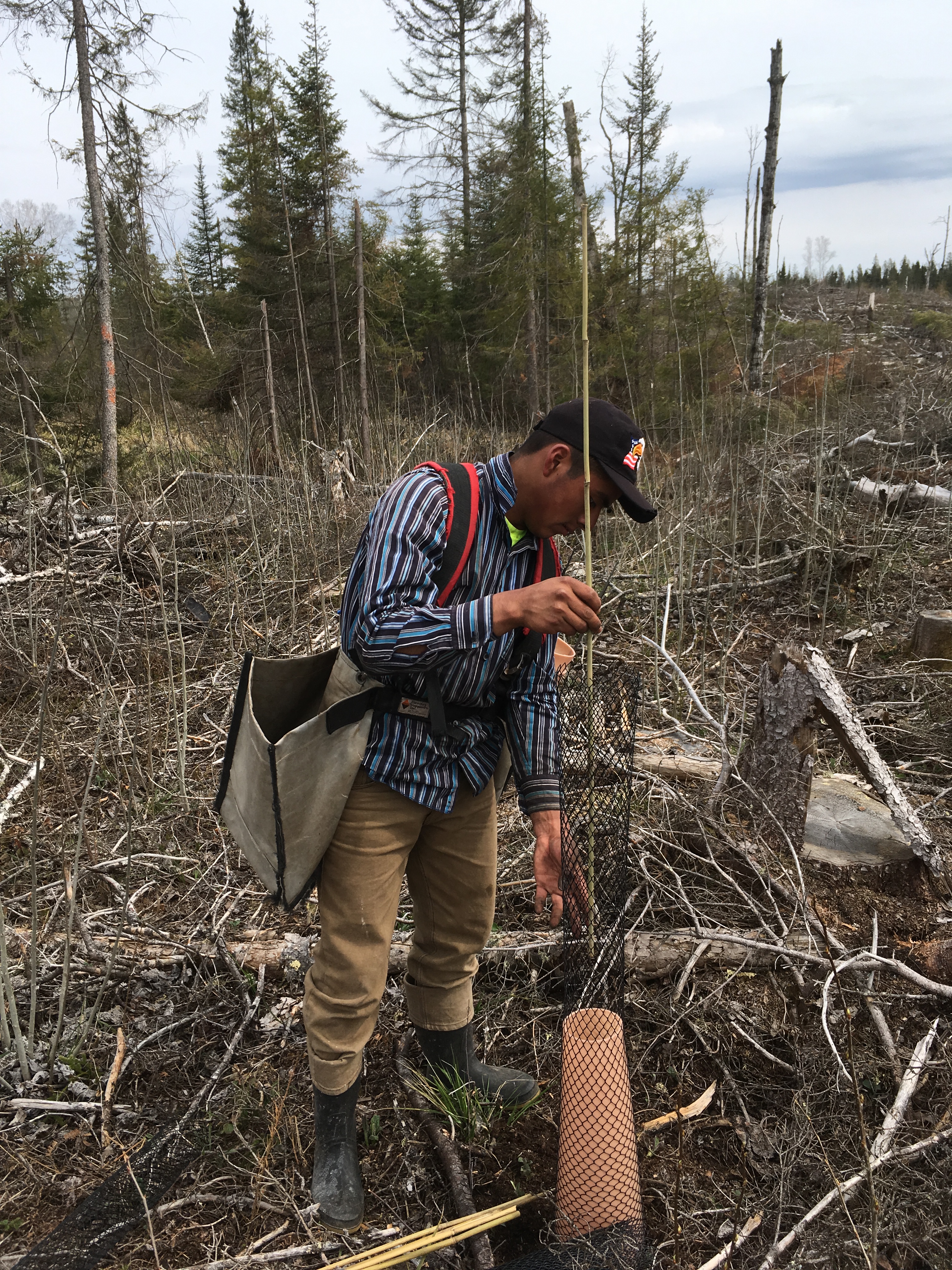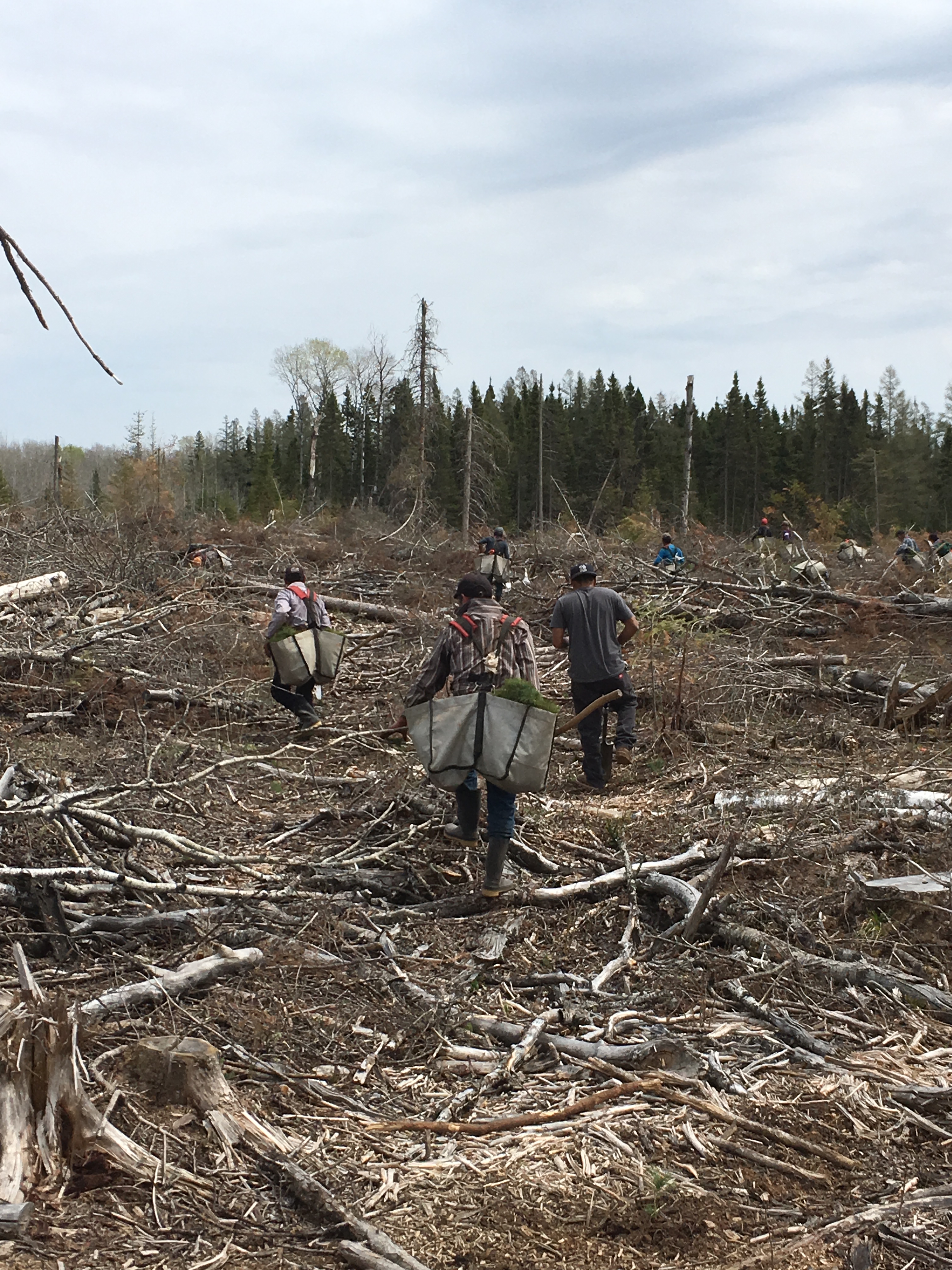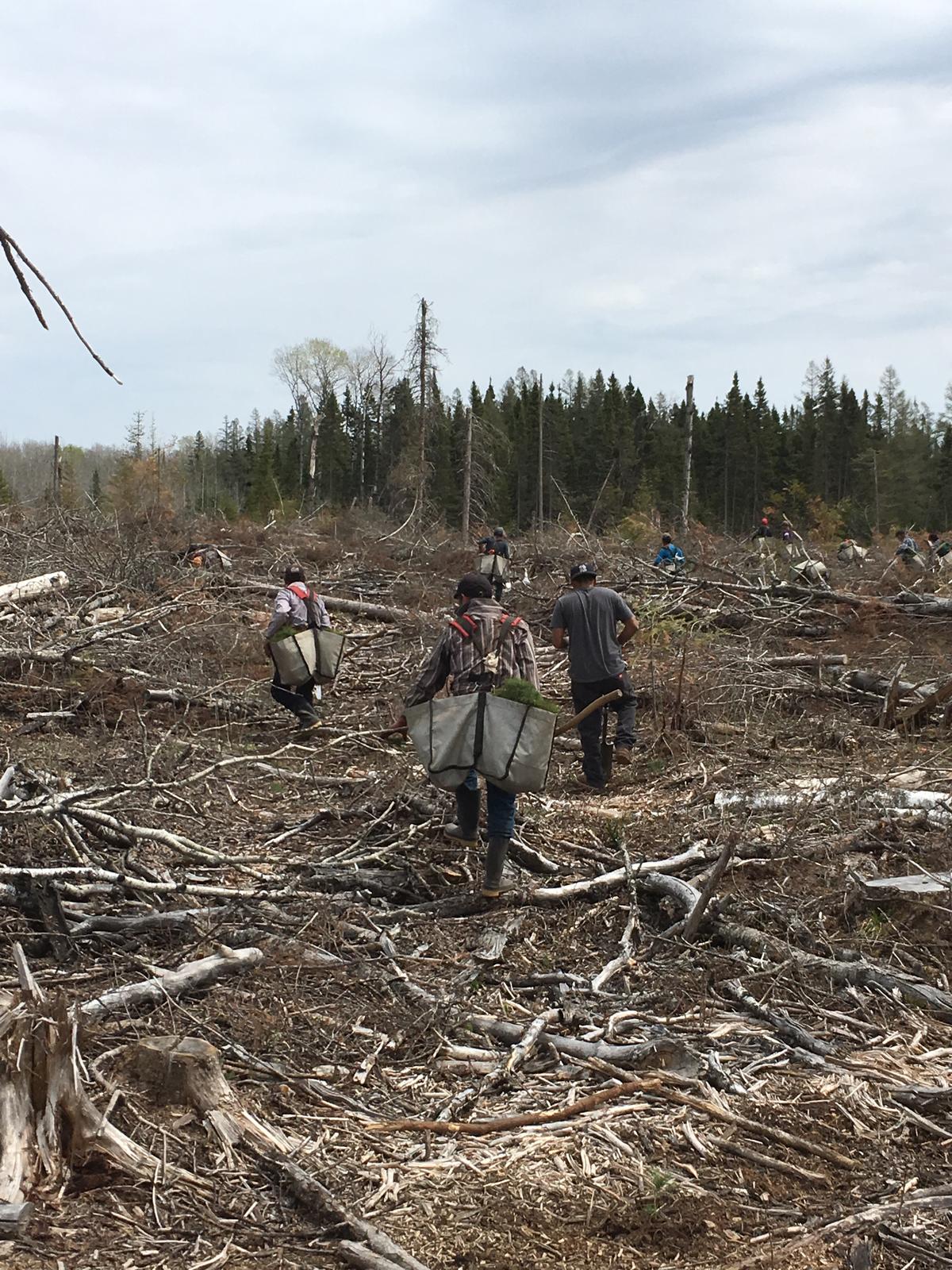Overview
The treatments applied to this site are part of a larger “Conifer Strongholds” project, funded in large part by the Wildlife Conservation Society’s Climate Adaptation Fund with a grant originating from the Doris Duke Charitable Foundation. Conifer Strongholds targets forest stands in the Arrowhead region of northern Minnesota with local geophysical characteristics and/or regional climatic trends that may sustain northern conifers even with a warming global climate and associated threats. The project aims to increase the resilience of forested systems by enhancing species and structural diversity (with emphasis on restoring native conifers species), promoting landscape connectivity, and enhancing genetic diversity. The project promotes tree species that are sensitive to warmer climates on sites that are buffered from climate change impacts by their topography, hyrdrology, aspect, or other features. Restoring and retaining these species and forest types will have important implications for wildlife habitat, future management options, and other ecosystem services. Relative to other sites in northern Minnesota, this site has low landscape diversity but is situated in a climatic region that is warming more slowly than northeastern Minnesota as a whole. See the Forest Adaptation Menu (Northern Institute of Applied Climate Science) for a complete menu of potential forest adaptation strategies and approaches (https://forestadaptation.org/menu). The harvest prescription was developed and administrated independently by St. Louis County; this case study is focused on post-harvest treatments.
Silviculture Objective(s)
Maintain and enhance species and structural diversity by emphasizing the retention of mature conifers as biological legacies (e.g., white pine, white spruce, tamarack and northern white cedar) and interplanting of northern conifer seedlings following harvest. A secondary objective is to enhance genetic diversity by planting seedlings sourced from a broader geographic range. Additionally, protect browse-sensitive species from herbivory and control competition to maximize survival and vigor of planted trees.

Figure 1. Color infrared aerial imagery showing the treatment area outlined in red from Fall 2017.
Pre-treatment stand description and condition
Stand establishment and management history:
As this stand was managed independently by St. Louis County until the spring of 2017, this information is currently unknown and will be added if it becomes available.
Pre-treatment species composition:
This information is currently unknown and will be added if it becomes available.
Landowner objectives/situation:
This site was selected in partnership with St. Louis County as a possible stronghold for conifers in the projected climate due to a decrease in annual mean temperature from 1951-2006 (http://prism.oregonstate.edu/). The goal is to establish this site as a mixed conifer stand to retain this ecosystem in a region that climate models suggest will have high susceptibility of transitioning from a boreal conifer forest type to a different forest type or non-forest.
Silviculture Prescription
Commercial clearcut harvest with reserves to prepare the site for planting, including passive brush removal during harvest operations. Retain all non-hazardous snags (Note: further details of the harvest will be added as they become available). Plant 2000 white pine, 1500 jack pine, 1000 white spruce[A1] , 250 tamarack, and 50 eastern white cedar. Protect browse-sensitive species as necessary and apply release treatments to maximize survival and establishment of desired species.

Figure 2. A contractor installing Tree Sentry browse protection cones and mesh tubes to prevent deer browse on white cedar. If planted white cedar seedlings are not protected from deer browse they will likely not survive.

Figure 3. Planting the site in May of 2017, a few months after the winter harvest. A tree planting crew spreading out across the recently harvest stand to plant. Slash and debris from the harvest operation is visible on the ground.
What actually happened during the treatment
The harvest was conducted during the winter of 2016/2017. On May 23, 2017, bare root (jack pine, tamarack, and white cedar) and containerized (white pine and white spruce) seedlings were planted according to the quantities listed in the prescription. Tree Sentry brand tree protection shelters were installed on all white cedar at the time of planting. Following the planting, bud caps have been applied to browse-sensitive species (white pine, jack pine) in the fall of 2017 and 2018.
Post-treatment assessment
Two growing seasons following the planting, conifer seedling densities averaged 24 jack pine, 24 tamarack, 16 white spruce, 40 white pine, 16 white cedar, and 117 balsam fir per acre. This represents approximately 48 percent survival for planted conifer species (but also includes some natural seedlings). This is low survival and the reason has not been determined. Cedar stocking is quite high, but this is likely an artifact of plot placement as the survey is intended to track survival and growth over time for certain seedlings, not to provide an estimate of stocking. Stocking of harvest reserves has not yet been quantified but information will be added when it becomes available.
Plans for future treatments
Every year the site will be monitored, and follow-up treatments applied as necessary. Follow-up treatments may include browse protection, competition control (release and/or cleaning), pathological pruning for white pine blister rust, and fill planting.
Costs and economic considerations
The regeneration costs include planting labor ($433, excluding cedar), seedling stock ($1665), and labor costs to plant the cedar and install the cones ($40). Browse protection costs include the cost of cones for cedar ($180) and bud capping in the fall of 2017 ($494) and 2018 ($567). As of December 2018, total investment for artificial regeneration and related activities is $3379—a per acre cost of $178.
Climate Adaptation Considerations
This case study is just one site of a much larger project that is entirely focused on adaptation management for climate change. The site was selected specifically for the high potential to sustain northern, climate sensitive conifers in a changing climate. The treatments were designed to promote a pocket of climate-resilient mixed conifer forest in a region that will be largely unable to support this historically dominant forest type under warmer conditions. Likewise, the treatments were intended to improve ecosystem resilience to stressors (including climate-related) through increased complexity and diversity.
